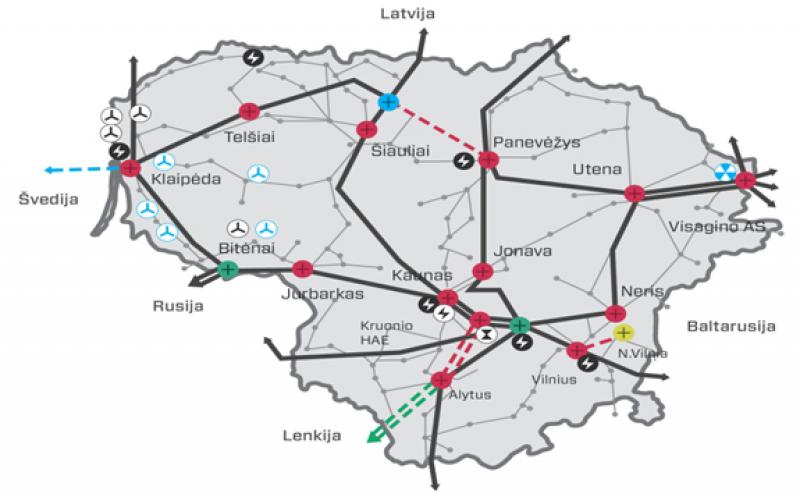Lithuania’s transmission system operator (TSO) Litgrid is to test a 1MW battery energy storage system as a proof of concept.

The storage system to be delivered by technology provider Fluence and Siemens is anticipated to lead to larger planned projects in Lithuania, necessitated by the growth in renewable energy and the country’s planned synchronous interconnection with the continental European grid.
Storage deployed as a transmission asset – virtual transmission or virtual powerlines as it has been dubbed – is a fairly new concept mainly in the pilot phase but starting to come into the mainstream to manage the impact of congestion on the network.
IRENA estimated as of 2019 approximately 3GW under construction or consideration across the world in countries including Australia, France, Germany, Italy, India and the US.
Litgrid’s storage system, the first of its type in the Baltics and Lithuania’s first utility scale battery storage, is to be installed near Vilnius. In addition to the traditional frequency control reserve services from battery storage, Litgrid intends to test other services including grid forming capabilities, virtual inertia for local grid stability, black start capability, power oscillation damping and voltage control mode.
Rokas Masiulis, CEO of Litgrid, said: “As the Lithuanian TSO, we are in a unique position. As others, we also face the challenges of the shift to renewable energy, but at the same time we are doing a synchronization project, which is the switch from our current operation in the post-Soviet grid to an independent cooperation with our partners in Europe.
“This, combined with a system that currently heavily relies on electricity imports, means that we have to be bolder and seek innovative solutions: that’s why we are looking at battery energy storage at the transmission level.”
Lithuania plans to integrate synchronously with the continental European Synchronous Area in 2025 and to increase its use of renewable electricity from 20% up to 45% in 2030 and nearly 100% by 2050. However, such high penetration of non-synchronous renewable generation is likely to present power system challenges in the areas of frequency, voltage and stability.
The storage demonstration should provide the route towards securing the stability of Lithuania’s power system during this transition.
Ultimately transmission connecte
d storage will form part of a range of options also encompassing flexibility on the demand side.